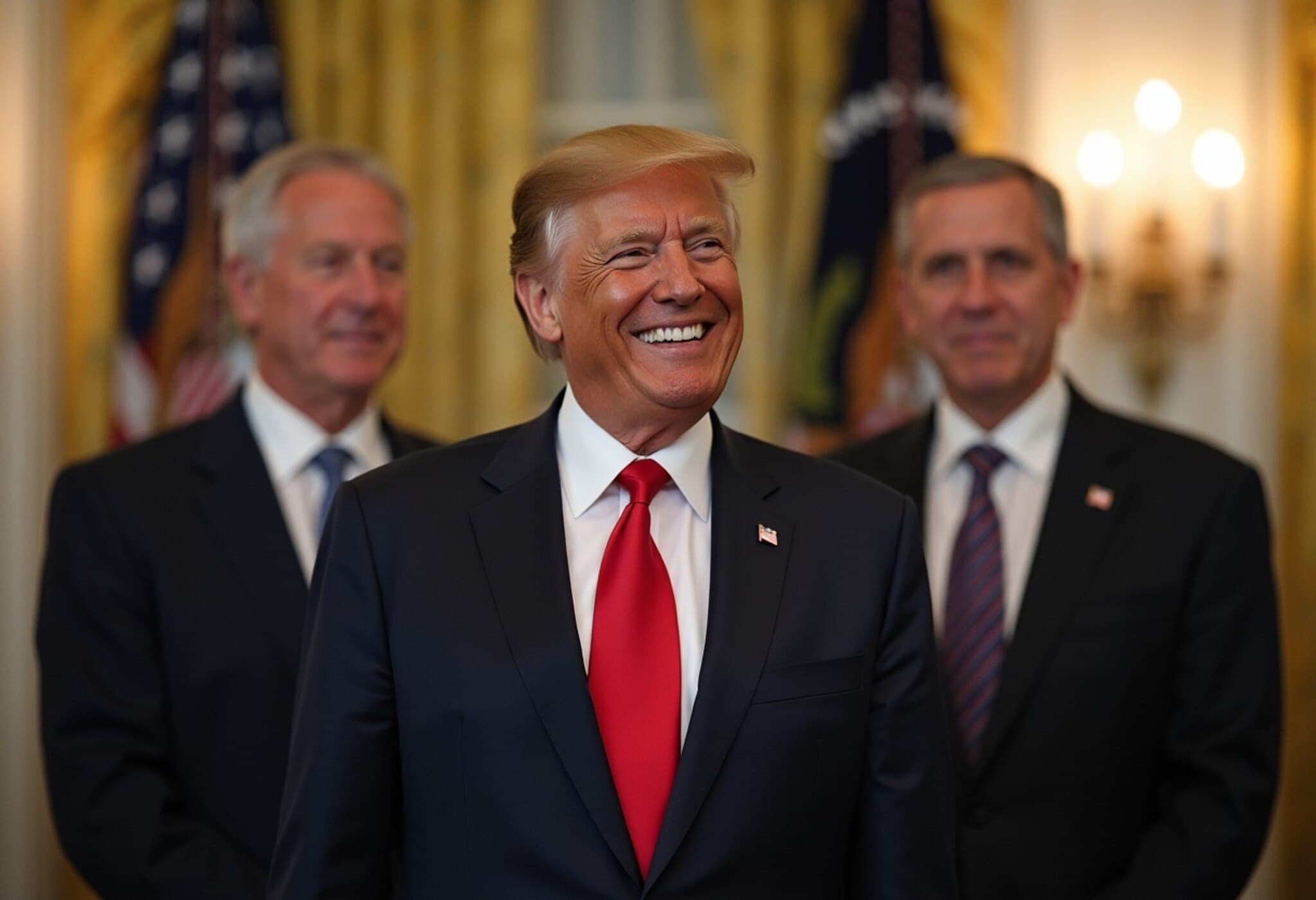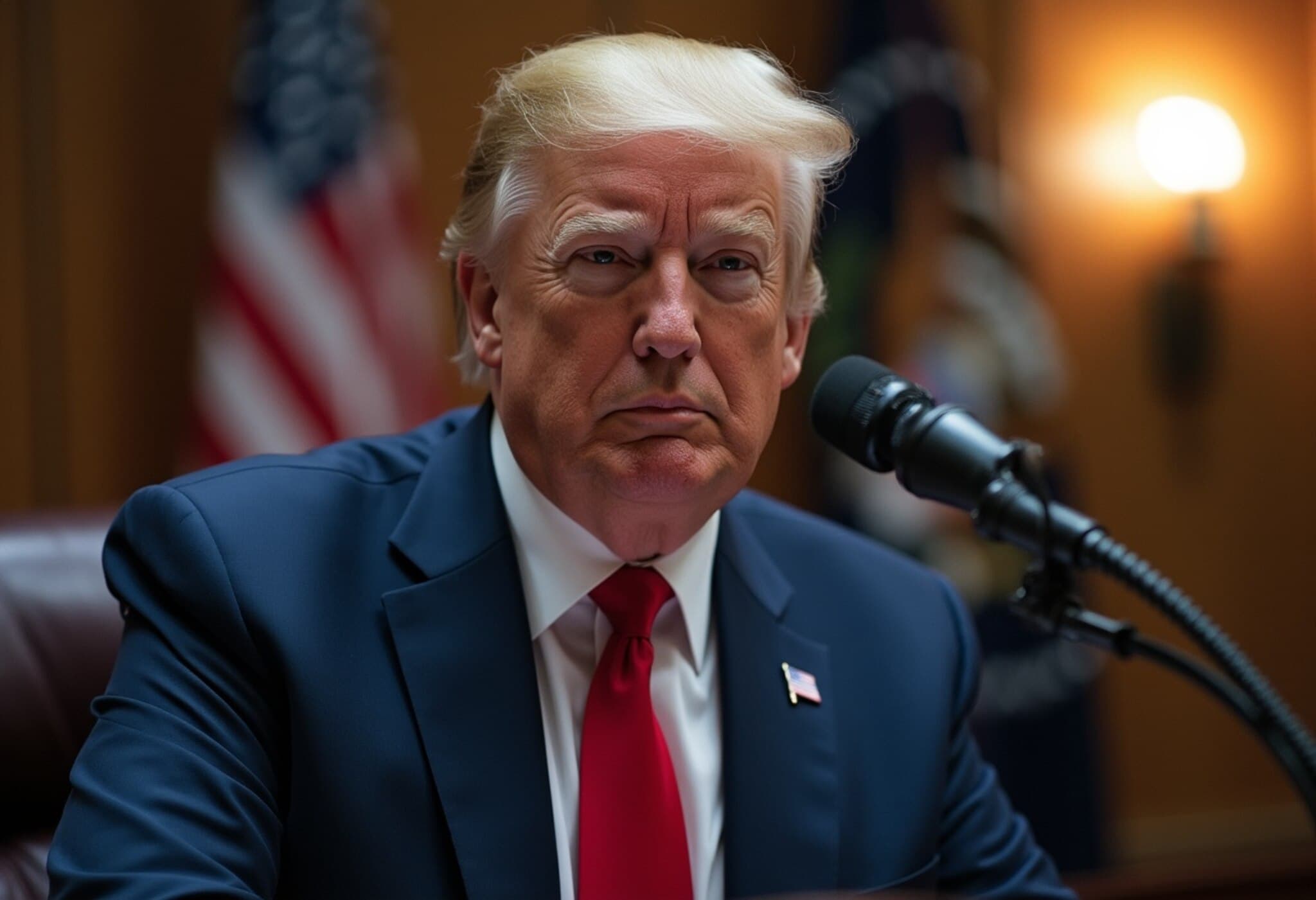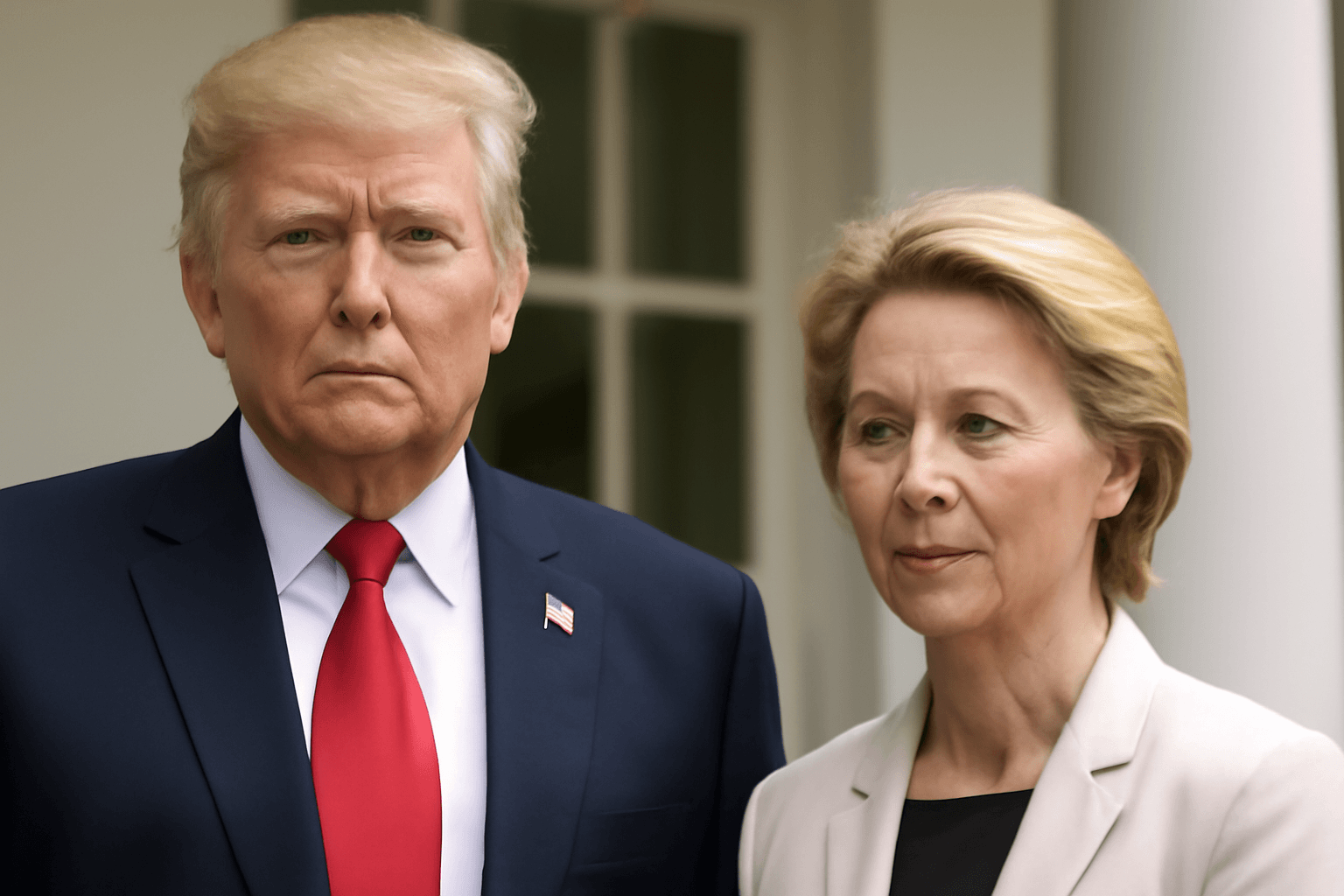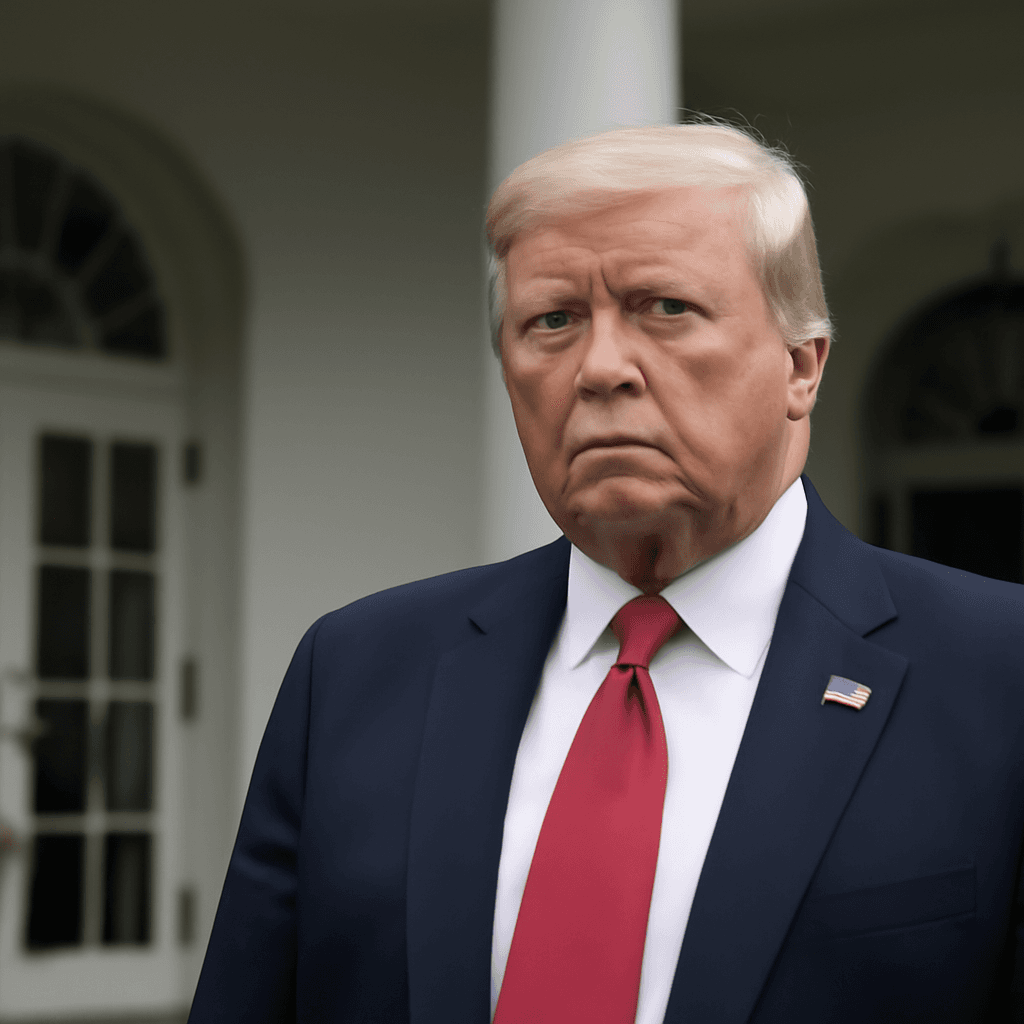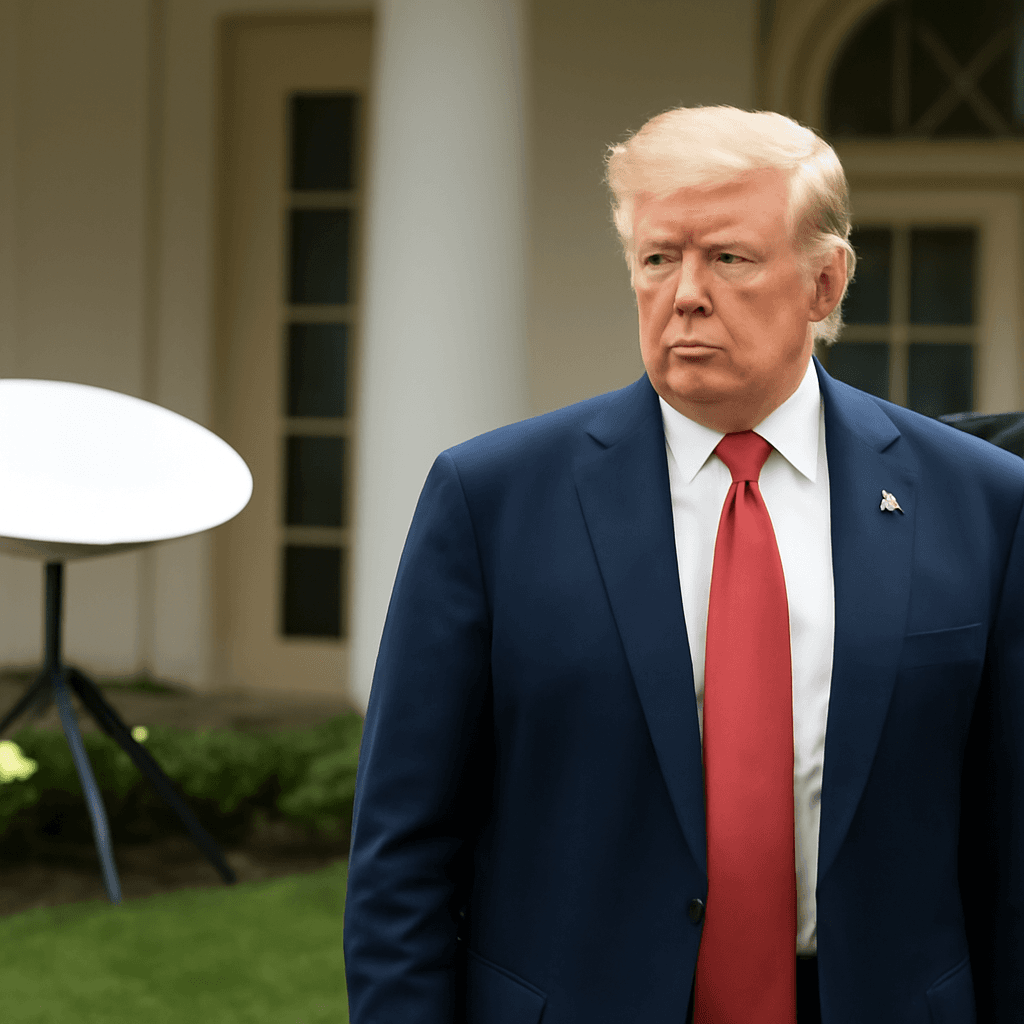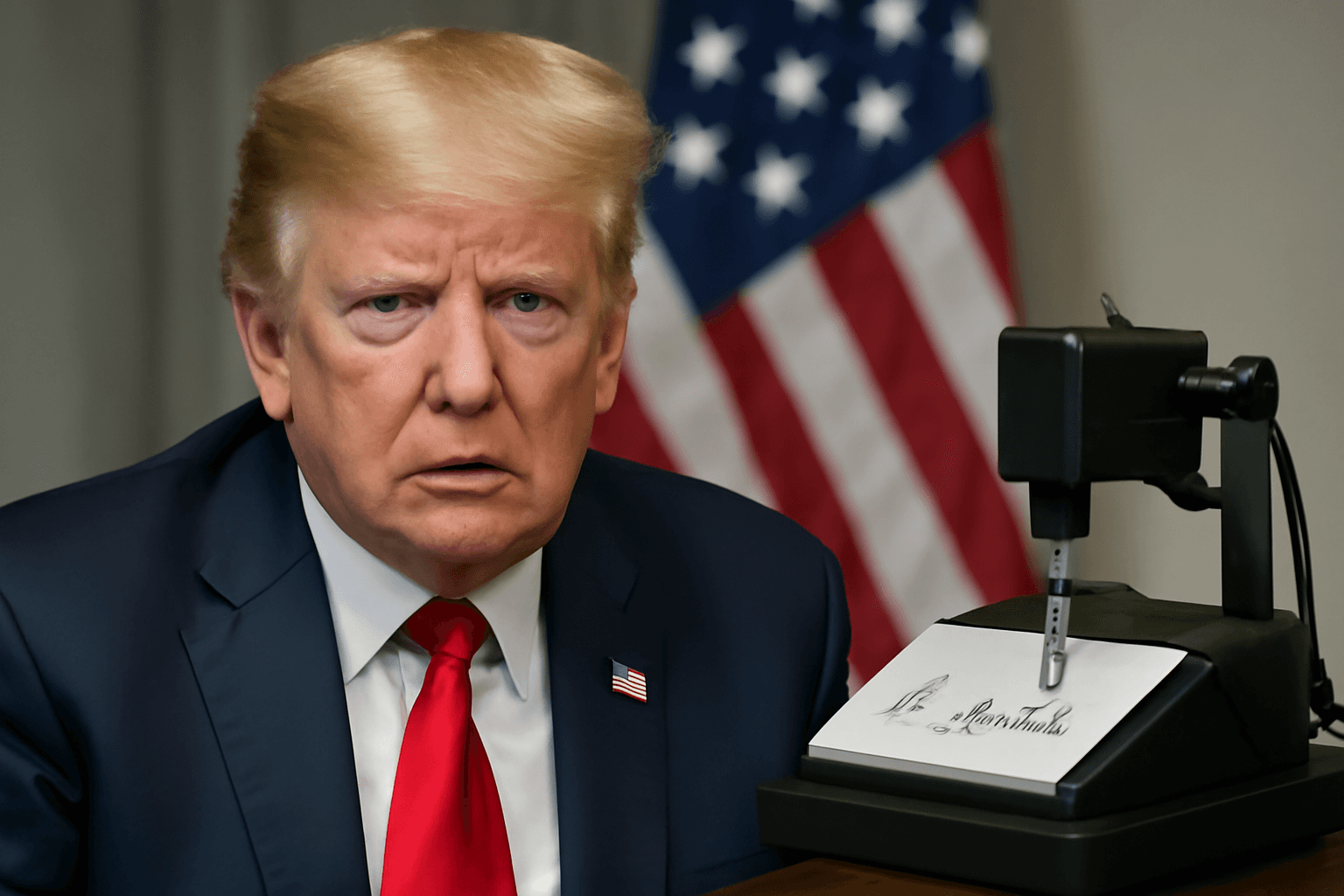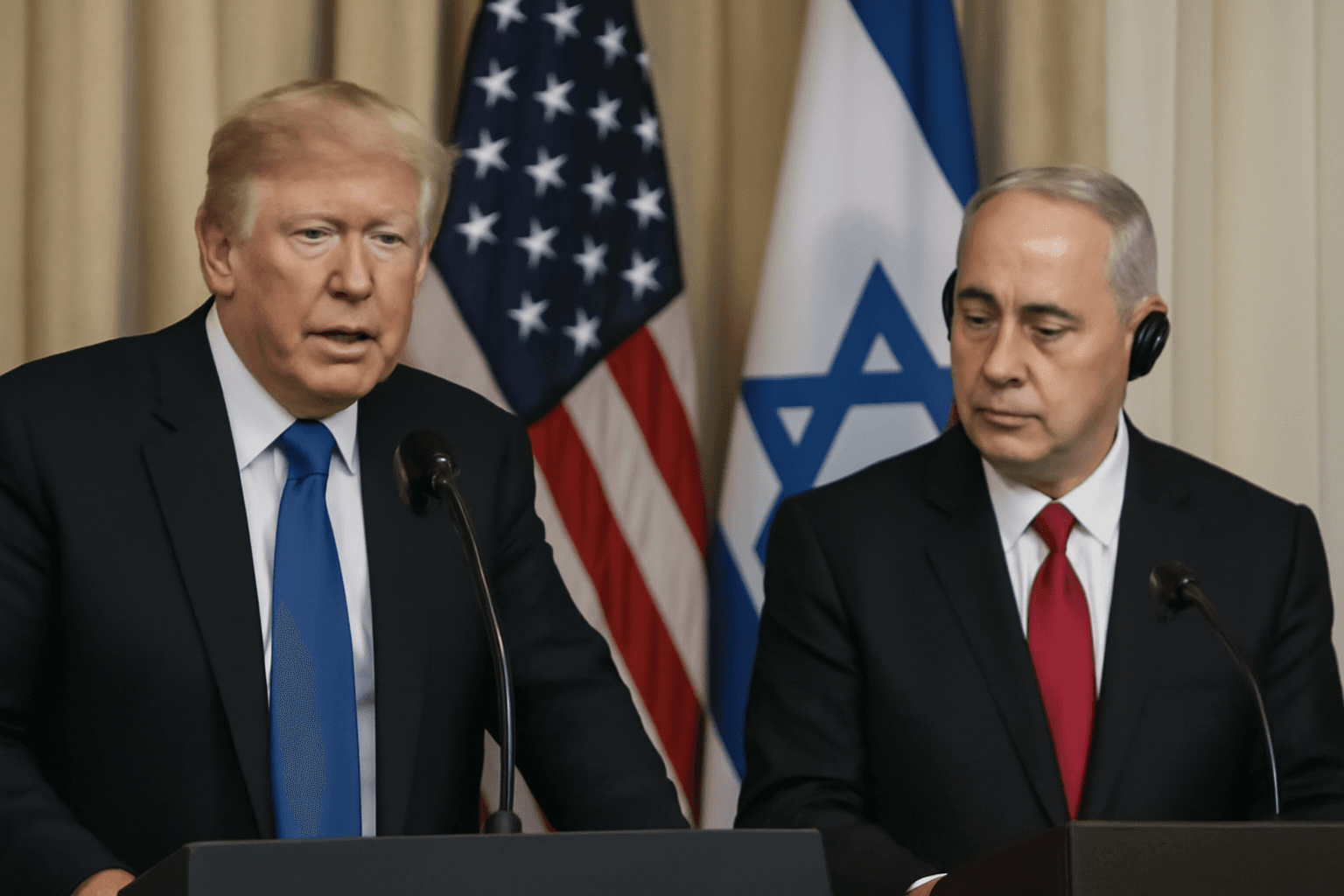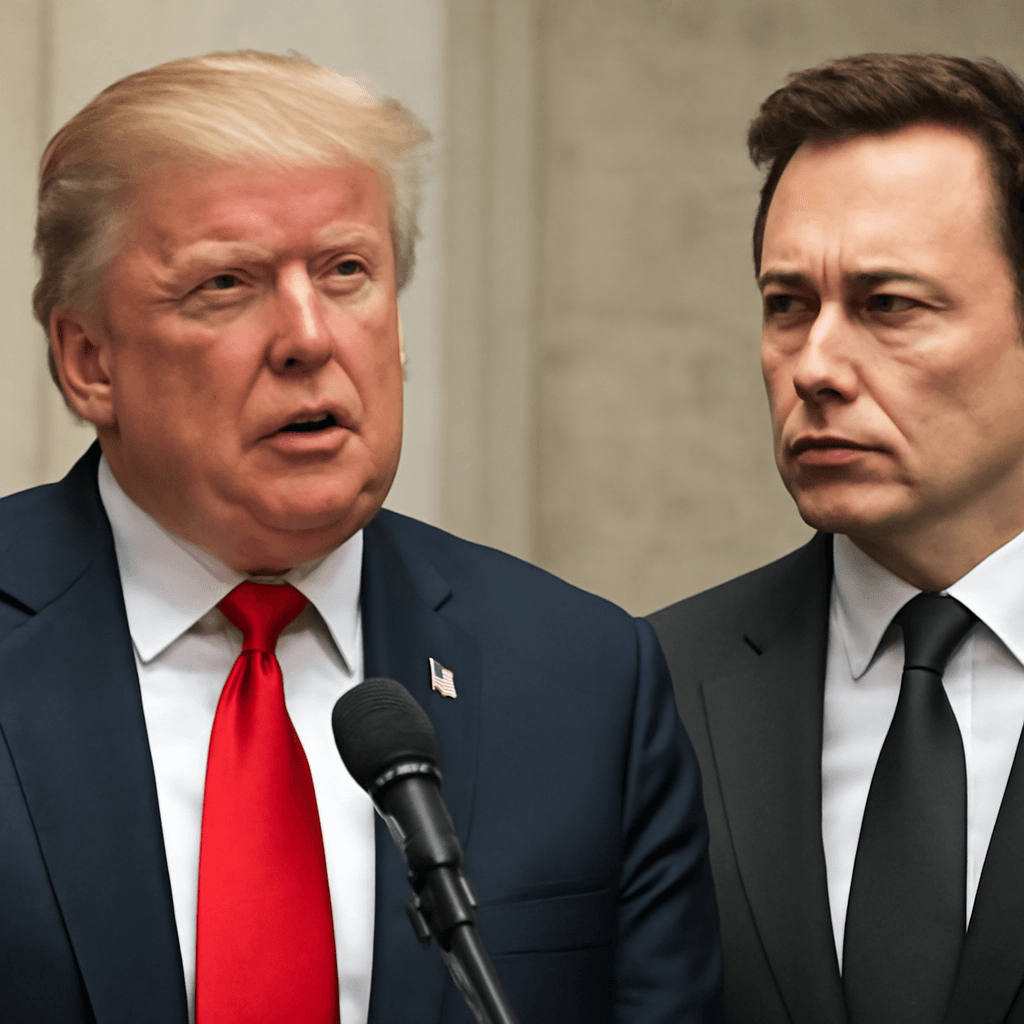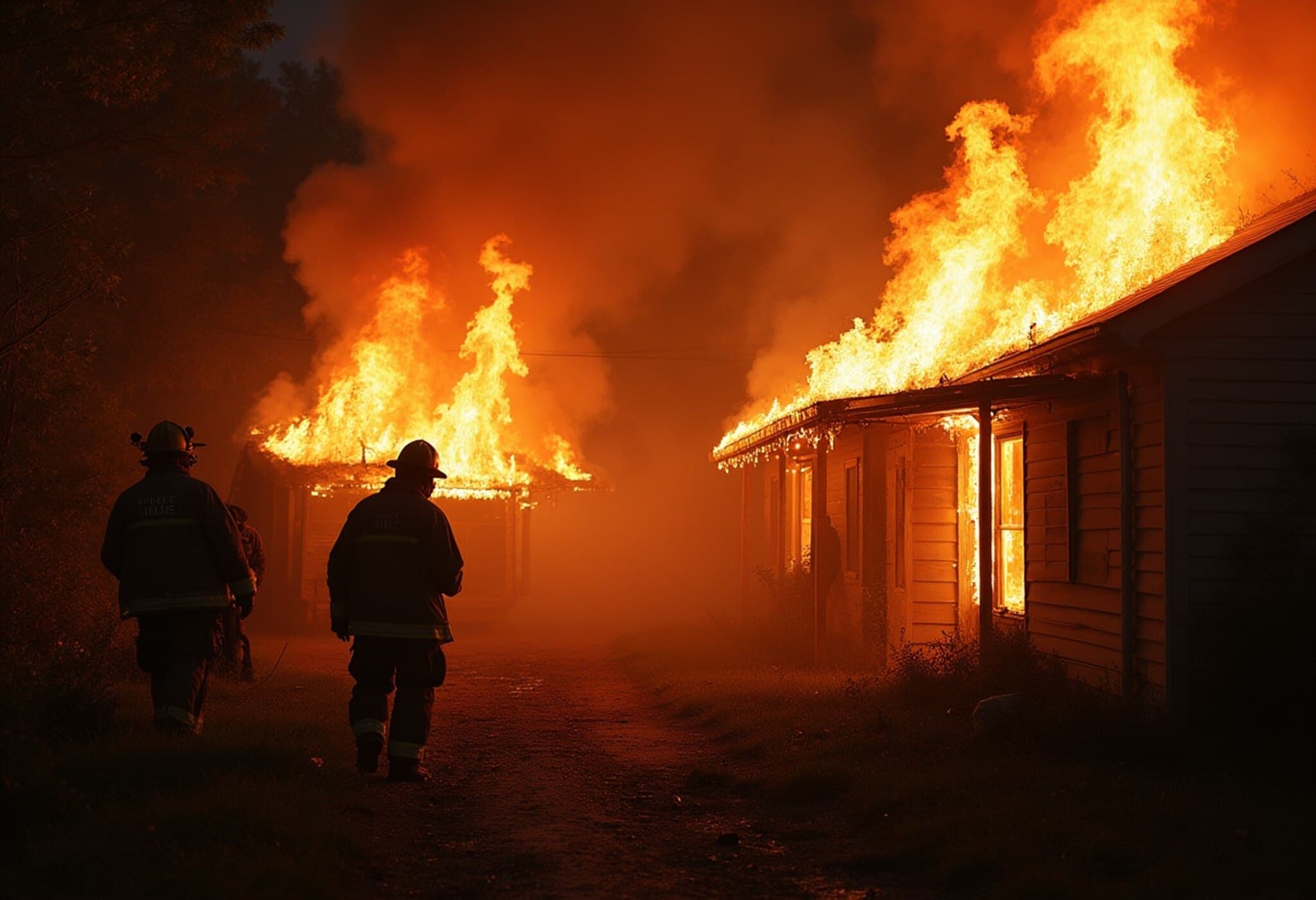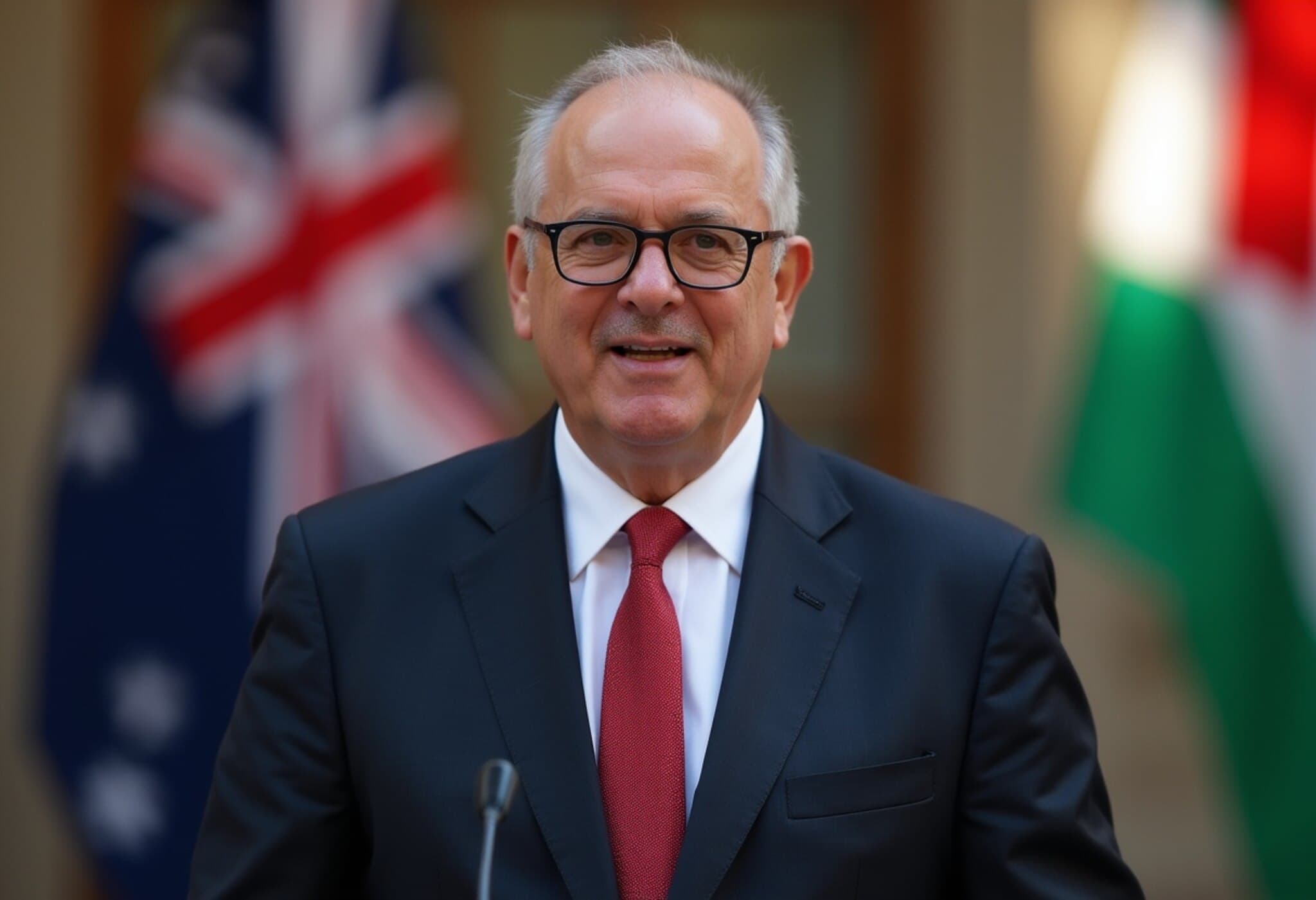Trump Administration Repositions Former Presidents’ Portraits in White House
In a move stirring subtle whispers across Washington, the Trump administration has reportedly shifted the portraits of former Presidents Barack Obama, George W. Bush, and George H.W. Bush from their prominent public locations to the upper area of the White House’s Grand Staircase. This area is notably less accessible to the general public, according to a recent report by CNN.
A Shift Symbolizing More Than Just Decor
The relocation, seemingly innocuous at first glance, is widely interpreted as reflecting ongoing political tensions. The portraits now hang near the landing at the top of the Grand Staircase—a zone reserved exclusively for the first family, select White House staff, and security personnel. This contrasts starkly with their previous positions where thousands of daily visitors could admire them.
A photograph of the Grand Staircase confirms that Obama’s portrait now rests in a far corner, away from main visible areas, subtly diminishing its public prominence. The portraits of George W. Bush and George H.W. Bush were moved alongside Obama’s.
Historical Protocols and Political Context
According to White House tradition, the most recent president’s portrait is typically given the most visible spot near the residence’s entrance. Notably, after President Trump’s reelection, there was an instance when an evocative painting depicting Trump surviving an assassination attempt was installed in a place previously occupied by Obama’s portrait, which was then moved across the Grand Foyer.
Such acts raise questions about the blending of presidential protocol with personal political sentiment. Obama, who has been an outspoken critic of Trump’s policies and rhetoric, represents a contrasting vision of leadership that remains sensitive in the current administration’s narrative.
Broader Implications and Underreported Angles
- Symbolism in Art Placement: Portraits in the White House carry immense symbolic weight, influencing public perception and historical legacy.
- Access and Visibility: Moving portraits to private spaces reduces public access to historical figures, narrowing collective memory.
- Political Signaling: Such moves can be understood as subtle political messaging to both supporters and detractors.
- The Impact on White House Tour Experience: Visitors’ interaction with presidential history is altered, shaping future narratives.
Expert Insight
As historian Dr. Jane McAllister points out, "The placement of presidential portraits isn’t merely decorative—it reflects how administrations want to frame their predecessors, shaping legacy and public memory." Observers caution that these moves may indicate deeper political divisions playing out in symbolic spaces.
Looking Ahead: What This Means for American Political Culture
While at face value, shifting paintings may seem trivial, this incident opens a window into how political rivalries manifest beyond policy debates—right into the halls and walls of the nation’s most iconic residence. It also prompts reflection on how history is curated and presented to the public.
With Barack Obama’s portrait now placed out of the immediate spotlight and a new portrait for former President Trump still pending completion, many await to see how the evolving art display within the White House will narrate the story of recent presidencies.
Editor’s Note
The relocation of presidential portraits might appear like a minor administrative detail, but it carries profound implications about respect, legacy, and political messaging within America’s highest office. It invites readers to consider how history is visually curated, who controls these narratives, and how these choices influence public understanding of leadership. As political divisions intensify, symbolic gestures like this underscore the importance of critically engaging with how power is projected not just through policies but through the very images that adorn democratic spaces.

